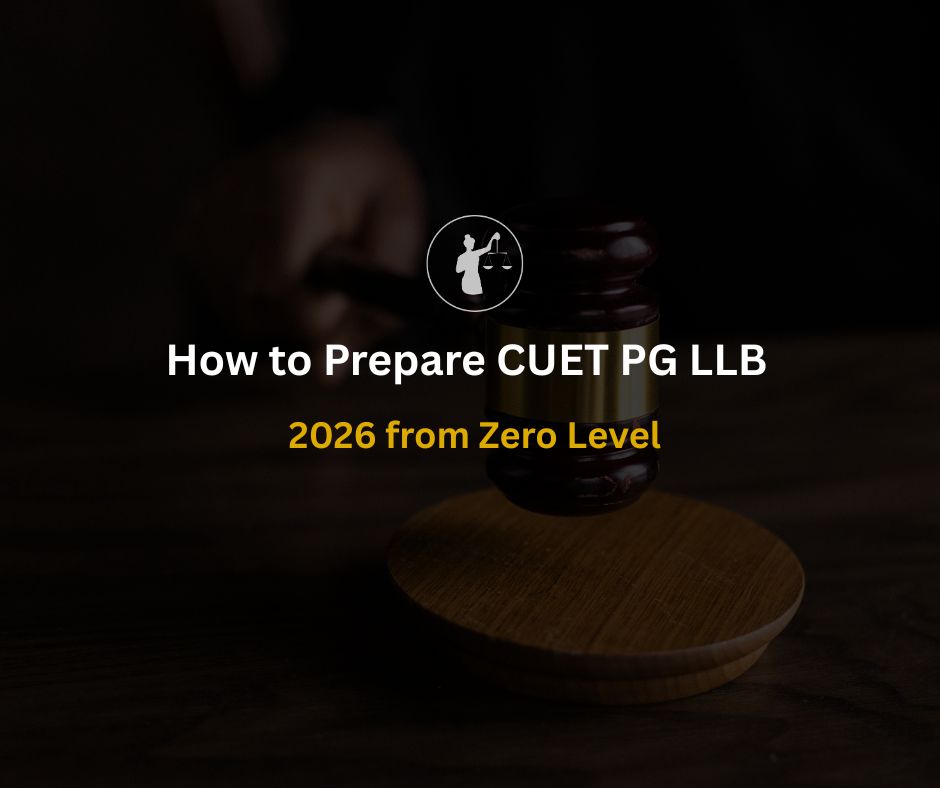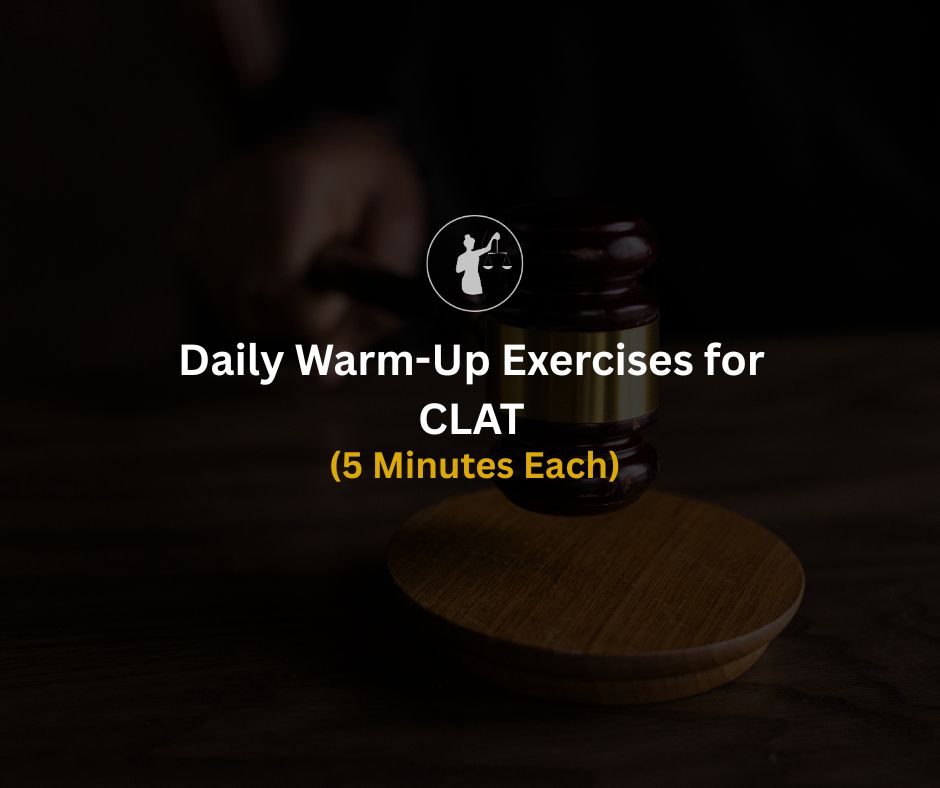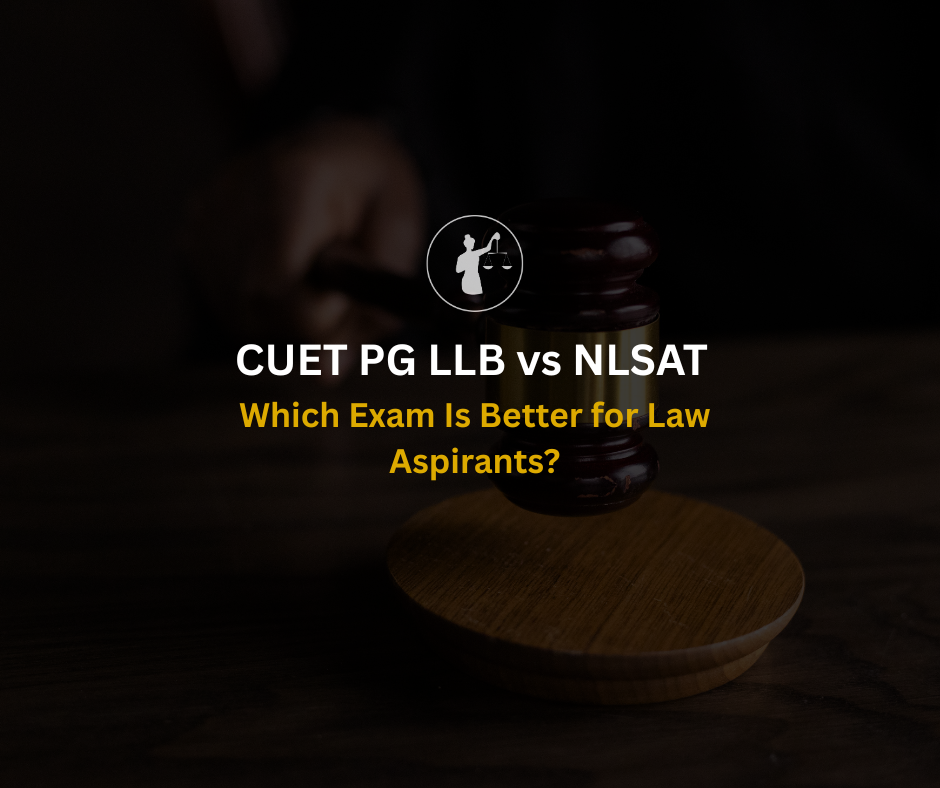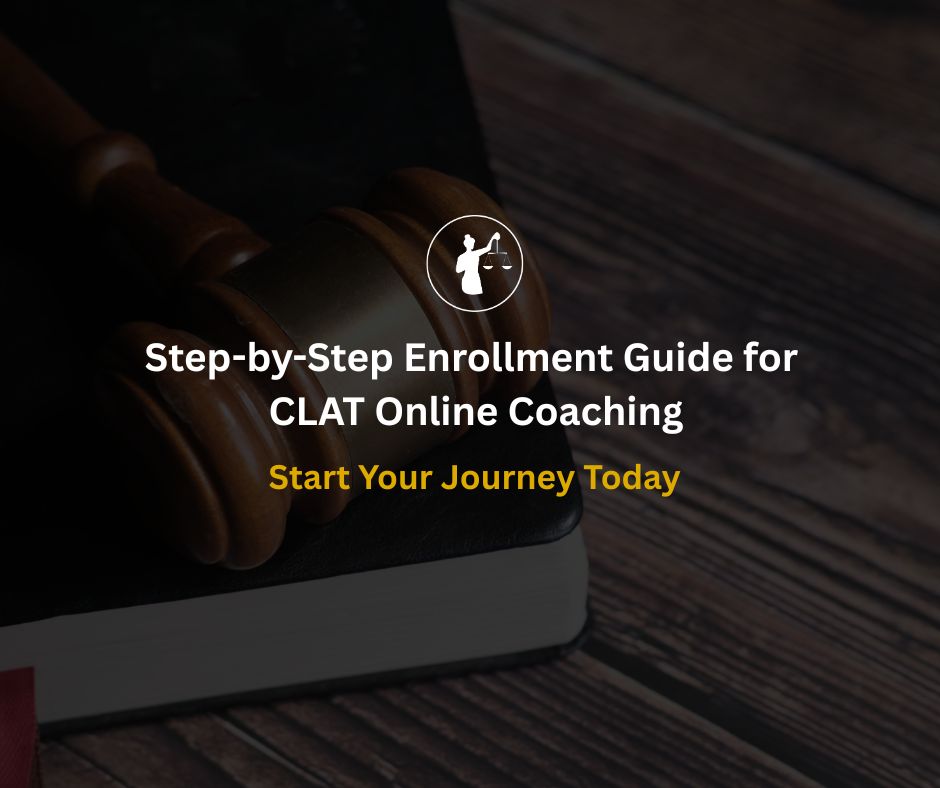Summary: Many CLAT aspirants struggle with legal reasoning due to common pitfalls such as emotional bias, overgeneralization, and misreading qualifiers like “only if” or “unless.” Mistakes often stem from applying moral rather than legal judgment, or solving by instinct instead of logic. To avoid these legal reasoning mistakes in CLAT:
Stick to facts and principles
Practice logical consistency
Train to apply law to fact, not the other way around
Regular, timed practice and post-analysis can significantly boost performance in legal reasoning sections.
Because it isn’t. Legal Reasoning is not about how much law you know — it’s about how well you apply the law given in the question.
The mistake? Most students bring their own legal knowledge or common sense into the answer. That’s the first trap.
So, what exactly are the mistakes that cost students 5–10 marks in Legal Reasoning — and how do you correct them?
Let's discuss.
One of the most frequent CLAT errors is bringing in legal GK or moral views.
Example: A passage gives a principle on euthanasia legality. You know from current affairs it’s debated in India, so you bring that in.
Why it’s wrong: CLAT rewards application of the given principle, not real-life law.
Fix: Train yourself to operate like a machine: read the principle, extract the rule, and apply it without emotional or outside bias.
Technique: After reading the principle, summarize it in your own words. Stick to it even if the conclusion feels “wrong.”
Legal principles often use conditional reasoning: “If X is true, then Y is allowed.”
Students often:
Ignore the condition (“if…”)
Apply the conclusion even when the condition isn't met
Fix: Break principles into a logic formula.
Example: Principle: “If a person enters into a contract under coercion, the contract is voidable.”
Break it down:
Condition: Contract under coercion
Result: Voidable
Now in facts: Was there coercion? If yes → voidable. If no → the principle doesn’t apply.
This technique makes your answer immune to emotional distraction.
Many aspirants read facts quickly, jump to the options, and pick the first one that “sounds” right.
Result: They fall for traps — options that are mostly correct but fail the principle in one word. (Source - Toprankers]
Fix:
Read facts once quickly
Read again slowly and identify key facts
Match each part of the principle to facts before going to options
Pro Tip: Underline or mentally tag keywords: consent, intention, causation, coercion. These are triggers for applying rules.
Legal reasoning questions usually fall into two categories:
1. Direct application – What is the legal outcome?
2. Principle-fact matching – Which principle best fits?
Students often assume every question is asking for an outcome.
Fix: Pay close attention to the question stem.
Examples:
“Decide” = outcome-based
“Which principle applies?” = selection-based
“Best explanation” = reasoning-based
Misidentifying the question type leads to wrong approaches.
Words like “void,” “voidable,” “liable,” “entitled,” or “reasonable” aren’t interchangeable. But in a timed test, many aspirants treat them loosely. [Source - tbmlawyers]
Fix: Create a glossary of commonly tested legal terms with simplified meanings and contrast them with near-synonyms.
Example:
Void: Has no legal effect from the beginning
Voidable: Valid until challenged
Liable: Legally responsible
Entitled: Has a legal right
Knowing the exact flavor of these terms gives you a huge edge when options look deceptively similar.
Long principles often scare students into skimming or skipping.
But here’s the truth: long principles are usually repetitive or padded with examples.
Fix: Break long principles into 3 parts:
1. Core legal rule
2. Conditions for application
3. Exceptions or examples
Ignore things that don't benefit. Focus on rules and test conditions.
Many students develop a “template” in their head. They see an option that “looks like something they’ve seen” and choose it.
Fix: Don’t pick based on gut or familiarity. Evaluate every option on:
Completeness (Does it cover all facts?)
Correct application (Does it follow the principle?)
Precision (Does one word weaken it?)
This is especially useful in “choose the best answer” questions where multiple options feel right.
You don’t need to solve more questions. You need to analyze why you’re getting questions wrong.
Try this drill:
1. Pick 5 LR questions you got wrong.
2. For each, ask:
Did I misread the principle?
Did I skip a key fact?
Did I assume outside knowledge?
Did I rush the options?
Write your answer logic for each. Within a week, you’ll see patterns — and that’s the start of conscious correction.
CLAT’s Legal section doesn’t demand genius; it rewards discipline. The student who slows down, reads every word with care, and applies the rule like a robot will beat the student who rushes with confidence and gut instinct.
The pressure is real. But your job isn’t to impress CLAT with speed it’s to protect accuracy under pressure.
If you’re looking to build that calm, structured mindset, not just chase question banks, NLTI’s training style may just be your edge.
Our mentors don’t dump facts. They sit with you in live sessions, dissect questions word by word, and push you to see your blind spots. From mistake-mapping drills to real-time strategy feedback, our goal is simple: make you a better thinker, not just a faster solver.
Because in CLAT, thinking sharp beats thinking fast, every single time.
Frequently Asked Questions on CLAT
Start by understanding the basics of principle-fact application. Use beginner-level material to practice identifying the legal principle and applying it without assumptions.
Yes. Books like Universal’s Guide to CLAT, RS Aggarwal’s Legal Aptitude, and NLTI’s curated mocks and workbooks are commonly suggested for structured practice.
Legal reasoning accounts for 25% of the total paper, making it a critical section, especially since it indirectly tests reading comprehension and logical skills as well.
By practicing timed sets followed by detailed analysis, not just solving questions. Focus on understanding your error pattern instead of increasing speed blindly.
No. CLAT explicitly instructs that no prior legal knowledge is required. Questions are designed to test how well you apply only the principle given, not outside law.
Yes, especially the ones from 2020 onward when comprehension-based questions became the norm. They're still among the best sources for exam-style practice.
Evaluate each option against the exact wording of the principle. The correct answer is the one most aligned with the given rule — even if others seem partially correct.
Revisit your errors weekly. Instead of redoing the same questions, focus on why you went wrong and what pattern of mistake it reflects.
They can help build conceptual clarity, especially for beginners. But they shouldn’t replace hands-on practice and deep analysis of mistakes.
It depends on your strength. If you’re confident and consistent in LR, starting with it can boost confidence. But if it slows you down, do it after warm-up sections like English.





